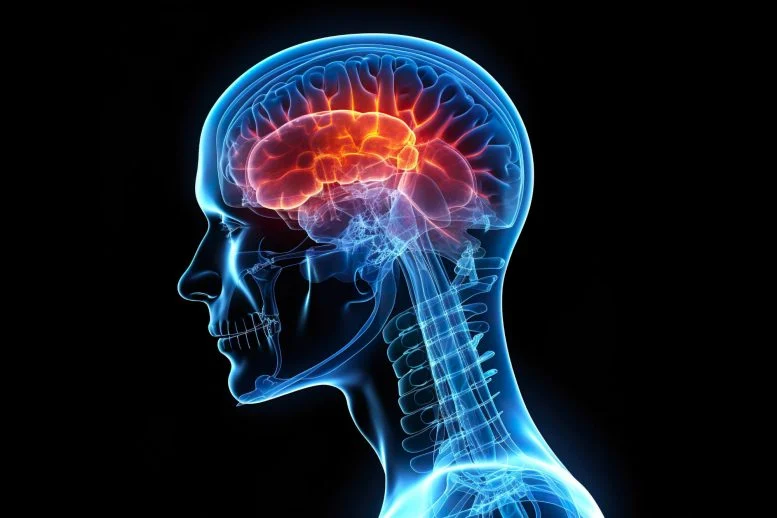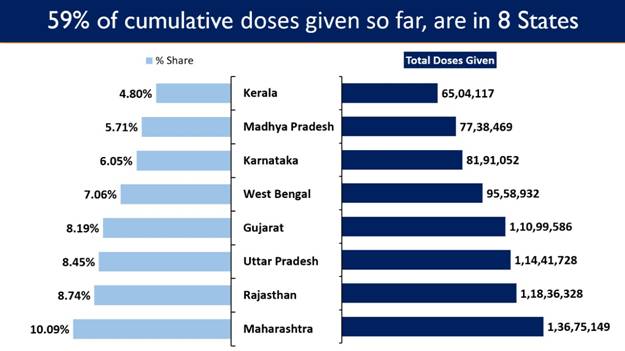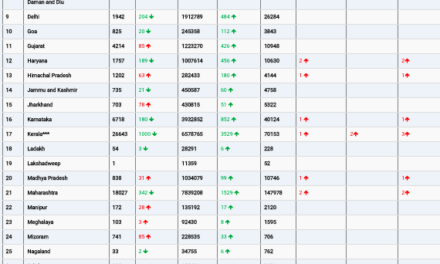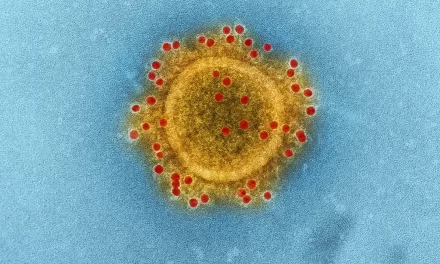February 11, 2025 — A team of researchers from the Keck School of Medicine of USC has uncovered key details of a cellular pathway that triggers inflammation and aging in brain cells, particularly among individuals carrying the APOE4 genetic risk for Alzheimer’s disease. Their findings not only shed light on a long-standing biological paradox but also reveal a potential new approach for treatment.
The study, published in Molecular Neurodegeneration, is the result of a decade-long investigation into ATP-binding cassette transporter A1 (ABCA1), a protein that plays a crucial role in producing HDL cholesterol (commonly known as “good cholesterol”) in the brain. Past research has linked low levels of HDL cholesterol to an increased risk of Alzheimer’s disease, yet the exact mechanisms remained elusive—until now.
Unlocking the Mystery of ABCA1 and Alzheimer’s Disease
Researchers observed that in brains affected by Alzheimer’s disease, ABCA1 molecules were present in increased numbers but exhibited reduced activity. Dr. Hussein Yassine, the study’s corresponding author and director of the Center for Personalized Brain Health at the Keck School of Medicine, described this as a perplexing contradiction: “There is less HDL in the brain, but the protein that makes it is increased. The obvious question is: Is that protein working as it’s supposed to? We went deep inside cells to figure out what’s happening.”
Led by Dr. Shaowei Wang, the team employed advanced techniques to examine brain cell function. They discovered that in Alzheimer’s patients and individuals carrying the APOE4 gene, ABCA1 was trapped inside lysosomes—cellular structures responsible for clearing waste. This abnormality was associated with elevated levels of an oxidized form of cholesterol known as oxysterol.
A Breakthrough in Treatment Potential
In both animal models and human stem cells, researchers found that reducing oxysterol levels freed trapped ABCA1, allowing the pathway to return to a healthy state. This discovery offers a fresh perspective on why previous attempts to boost HDL cholesterol through ABCA1 failed—because ABCA1 was not functioning correctly.
“This provides new drug targets outside of lowering amyloid or tau, and we need new targets that deal with core issues happening much earlier in the progression of the disease,” said Yassine.
To further explore the therapeutic potential, researchers administered cyclodextrin, a drug known to lower oxysterol levels, to mice with Alzheimer’s-like symptoms. The treatment successfully freed ABCA1 from lysosomes, reducing both neuroinflammation and cellular senescence—processes commonly linked to aging and Alzheimer’s disease. The same results were observed in brain cells grown from human stem cells.
A New Direction for Alzheimer’s Research
The findings offer a compelling explanation for early changes in Alzheimer’s disease, potentially occurring before the formation of amyloid plaques and tau tangles—the well-known hallmarks of the disease. By addressing the root causes of cellular oxidation and inflammation, drugs targeting oxysterol levels could become a viable strategy for preventing or slowing the progression of Alzheimer’s.
“This fits well with what we know so far about Alzheimer’s disease,” Yassine explained. “If we stop and ask why amyloid and tau are accumulating, it’s plausible that it is happening because a critical waste recycling system is not working.”
The team is also investigating another cellular enzyme, cytosolic phospholipase A2 (CPLA2), which contributes to oxidation and inflammation in the brain. Inhibiting CPLA2 could provide another avenue for Alzheimer’s prevention and treatment.
Future Implications
These discoveries mark a significant step forward in understanding Alzheimer’s disease and developing novel treatment strategies. The researchers hope their work will pave the way for clinical trials focused on oxysterol-lowering drugs and ABCA1 pathway restoration.
Disclaimer: This study presents promising early findings, but further research and clinical trials are necessary before new treatments can be recommended. Patients and caregivers should consult healthcare professionals before considering any new therapeutic approaches.
More information: Shaowei Wang et al, “Cellular senescence induced by cholesterol accumulation is mediated by lysosomal ABCA1 in APOE4 and AD,” Molecular Neurodegeneration (2025). DOI: 10.1186/s13024-025-00802-7.











